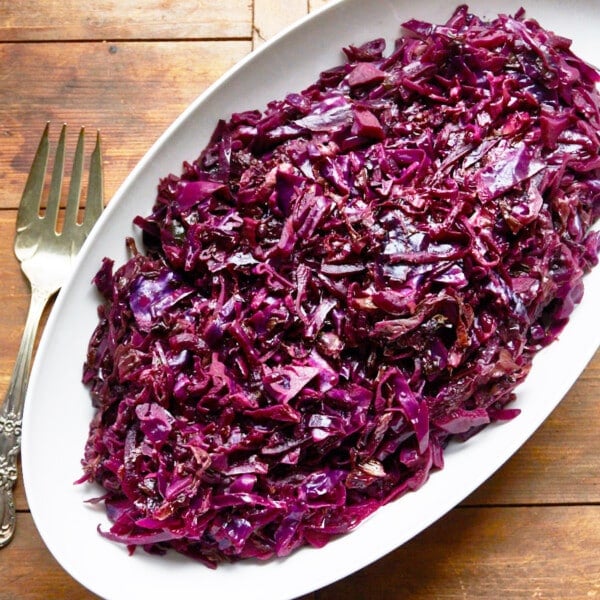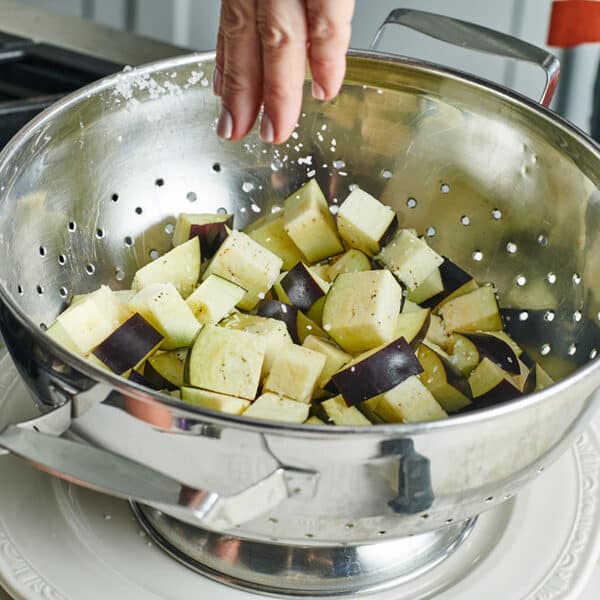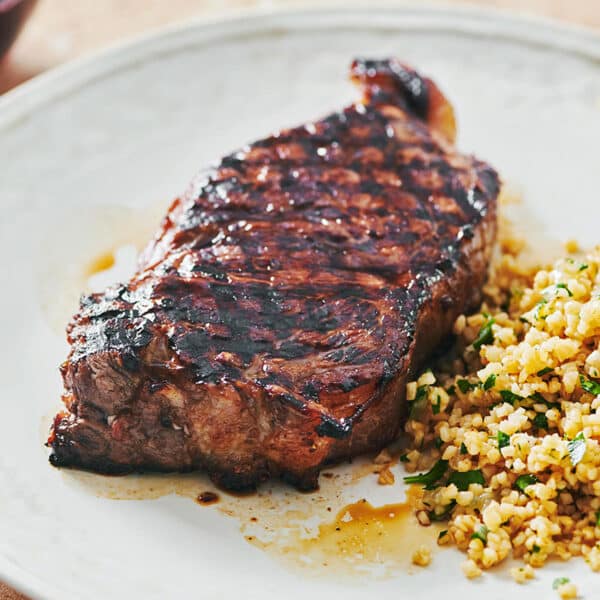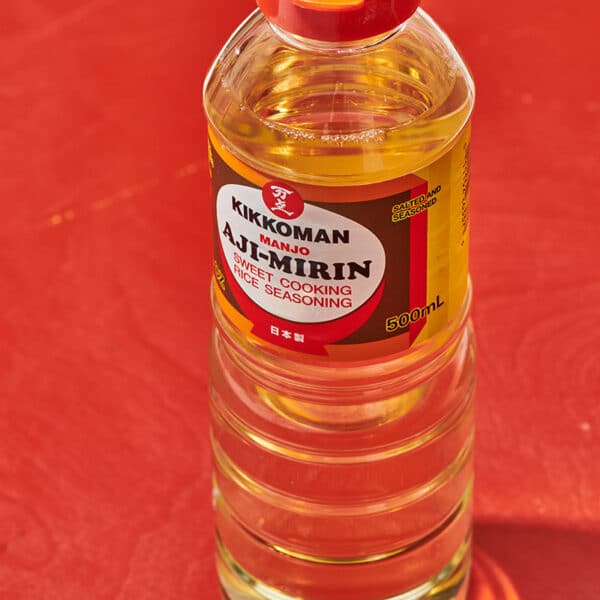How to Cook Cabbage
on Jul 22, 2020, Updated Nov 29, 2024
This post may contain affiliate links. Please read our disclosure policy.
Learn how to easily slice, chop, and shred a head of cabbage, by hand or with a food processor.
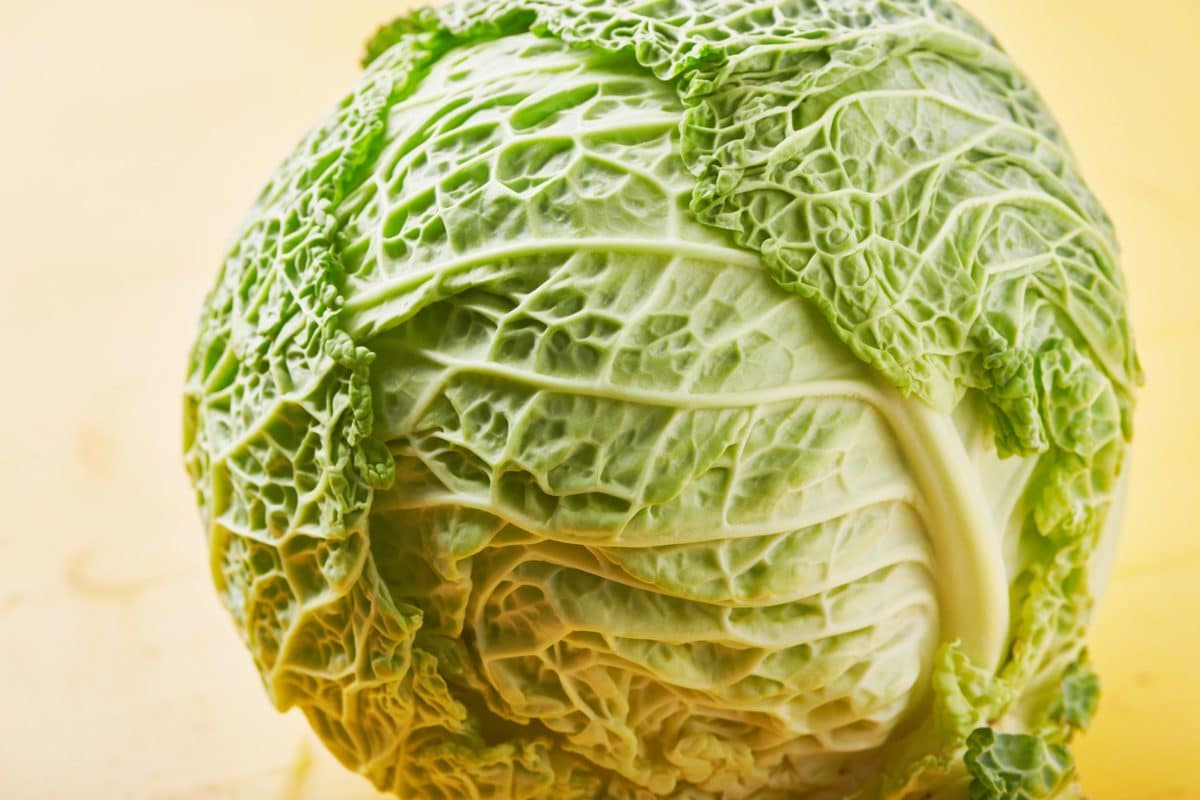
Cabbage, that taken-for-granted vegetable, that sturdy, dense produce, that food of many countries’ history (and poor people’s diets), has been slowly becoming more appreciated. The long-time Rodney Dangerfield of vegetables, cabbage is finally getting the respect it’s due.
Cabbage has always been appreciated for being abundant, cheap, and very hardy. But when a vegetable is prized for being cheap and abundant, it also can get snubbed, which is a shame. Cabbage is an amazingly versatile vegetable, able to be eaten raw, pickled, grilled, baked, roasted, braised, sauteed, you name it. For starters here are 20 great cabbage recipes to explore.
By signing up, you agree to our Privacy Policy.
What's In This Post?

How to Cook Cabbage: Cabbage is abundant, cheap, and very hardy, but it’s also delicious and versatile. Here’s how to choose, store and prepare this amazing vegetable.
A Short History of Cabbage
Cabbage was most likely domesticated in Europe over 3000 years ago. It made its appearance on the tables of ancient civilizations, such as the Greeks, Romans, and Egyptians, but it has figured more prominently in more recent centuries.
Most famously, in Ireland, cabbage was one of the only sources of sustenance in a potato famine-ravaged country in the mid-19th century. And yes, one of the strongest cabbage associations is with the classic Irish dish Corned Beef and Cabbage, and of course, Colcannon.
Sautéed with bean curd: China. Cooked with potatoes and other vegetables in Bubble and Squeak: England. Surkal is a hot and sour cabbage dish from Norway. Copious amounts of fermented and pickled cabbage dishes (including kimchi in Korea, and sauerkraut in Poland, Germany, Alsace, and other Middle European countries and regions). Stuffed cabbage rolls in just about every cuisine you can imagine: called golabki in Poland, holishkes in Jewish cooking, sarma in Croatia, ロールキャベツ (rōrukyabetsu) in Japan. And again, let’s not forget coleslaw in the U.S.A.
That is a ridiculously truncated and exclusionary history of cabbage. But, the point is that throughout history, cabbage was valued for its plenteousness, its cheapness, its long shelf life, and its ability to be preserved for an even longer shelf life. I almost always have a head of cabbage in the fridge. It bulks up all kinds of dishes, it’s good for you, and it’s adaptable.
Types of Cabbage
At a typical grocery store, you are likely to find green cabbage and purple or red cabbage. The two are similar in flavor and texture. They are both sturdy and can be eaten raw or cooked down. Purple or red cabbage (the names are used interchangeably; the color can be more reddish or more purple) has a gorgeous color that can bring a special pop to your dish.
Napa cabbage is another great and readily available type of cabbage. It is more delicate and is often used in Chinese cooking. Then there is savoy cabbage, a similar variety to green cabbage. Savoy is slightly more delicate and has thinner leaves.
Kitchen Smarts
Choosing the best cabbage is pretty similar regardless of what type of cabbage you’re buying. Check the tips of the cabbage leaves to make sure they aren’t brown, wilting, or slimy at all. Then, look at the base and make sure it is firm and undamaged. The best cabbages are often a little heavier than the rest of a similar size.
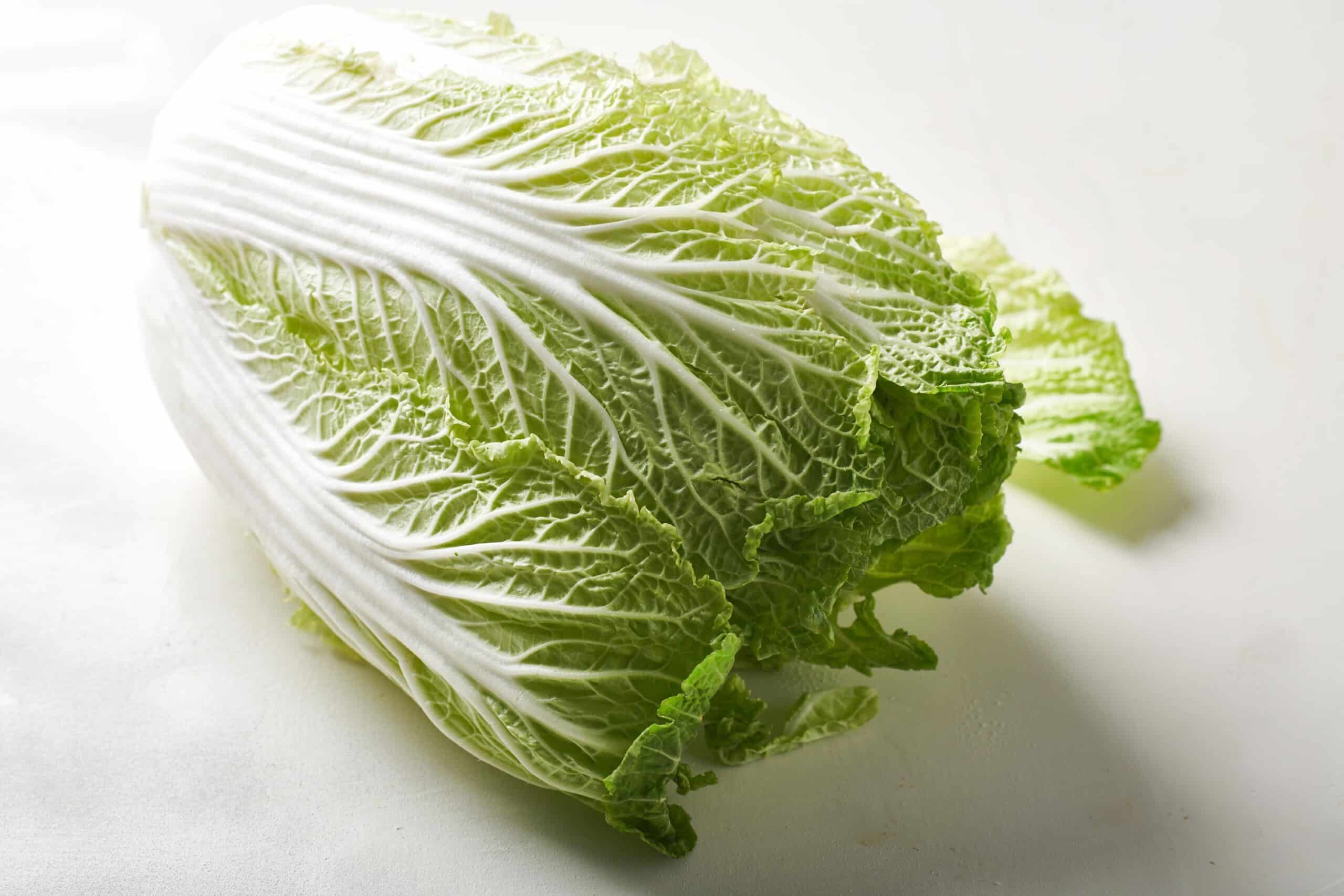
Cabbage Is On Trend
Robert Schueller, the “Produce Guru” at Melissa’s Produce, has had his finger on the pulse of all produce trends for decades. He definitely identifies chefs and restaurants as the drivers behind the cabbage movement. Schueller sees it used in everything from a topping for tacos to a base or nest for various menu items, such as marinated fish dishes. He says that chefs like how it maintains a crisper texture than other greens on other warm preparations.
“We have seen a rise in Napa Cabbage, too, which is used in Asian stir-fries, fermentation, and pickling, all of which are gaining in popularity. The most interesting thing is that the rise of napa is not just in Asian groceries and restaurants,” Schueller says.
How to Slice Cabbage
- I like to cut a head of cabbage into several large chunks, removing the core.
- Place each hunk on a cutting board and cut through the layers as thinly or thickly as you like.
- For slaws, vegetable stir-fried rice, and colcannon, I like to cut the cabbage very thinly, almost slivering it. For things like braised red cabbage I’ll cut the slices more thickly.

How to Cook Cabbage
Cabbage can be eaten raw or sautéed, steamed, braised, roasted, stewed, and made into soups. Also, in many cultures, cabbage is preserved to last even longer (think kimchi in Korea, sauerkraut in Eastern Europe). The leaves are used in all stripes of cabbage rolls in various cultures for wrapping various fillings.

How to Cut Cabbage
If you are using the leaves for wrapping fillings, then you will want to remove them whole from the head of the cabbage and follow the recipe instructions, which may include blanching them or removing the thick rib that attached it to the core.
If you are chopping or slicing the cabbage, cut it in half right through the core, then cut the core from the cabbage and chop or slice according to the recipe directions.
I like slicing it very, very thin for slaws. You can also cut the cored cabbage into chunks and feed them through the tube of a food processor using the shredding or slicing blade. The shredding blade will give you pretty finely chopped cabbage, so make sure that’s what you want.
How Long to Cook Cabbage
In some preparations, like coleslaws and salads, the answer may be not at all. In other preparations, like a braise, you might cook it for a long while, until it becomes quite soft and tender. You also might give it a very quick sauté if you are using it in a stir-fry, for instance, or to fill spring or egg rolls or dumplings.
The cooking time definitely depends on the way the cabbage has been cut, the type of cooking method, and the desired texture.

FAQs
It can be beneficial to soak cabbage. As with any layered leafy vegetable, dirt can make its way between the layers of cabbage, and soaking will pull out any little bits of dirt. This is useful if you are preparing the cabbage in big chunks. If you are slicing it thinly before cooking, skip the soak and simply rinse the sliced cabbage before adding it to your recipe.
Yes, raw cabbage is both delicious and good for your gut! Some people are put off by cooked cabbage, but raw cabbage has more of a fresh, vegetal taste. So don’t hesitate to try a raw preparation, like Spicy Cole Slaw or Kale and Cabbage Salad!
Low in fat, high in fiber, and with only 22 calories a cup (per Verywell Fit), cabbage is a pretty fine, good-for-you vegetable. It has a lot of vitamin C and beta-carotene, as well as other antioxidants.
Storing Cabbage
Don’t wash the cabbage before storing it. If it came wrapped, leave it in the plastic and store it in the fridge, preferably in the vegetable drawer. If it was purchased unwrapped, you can put it in a plastic bag. Once the cabbage is cut, wrap the remainder in plastic wrap and refrigerate. Cabbage should last for 2 weeks in the fridge or longer if it isn’t sliced.
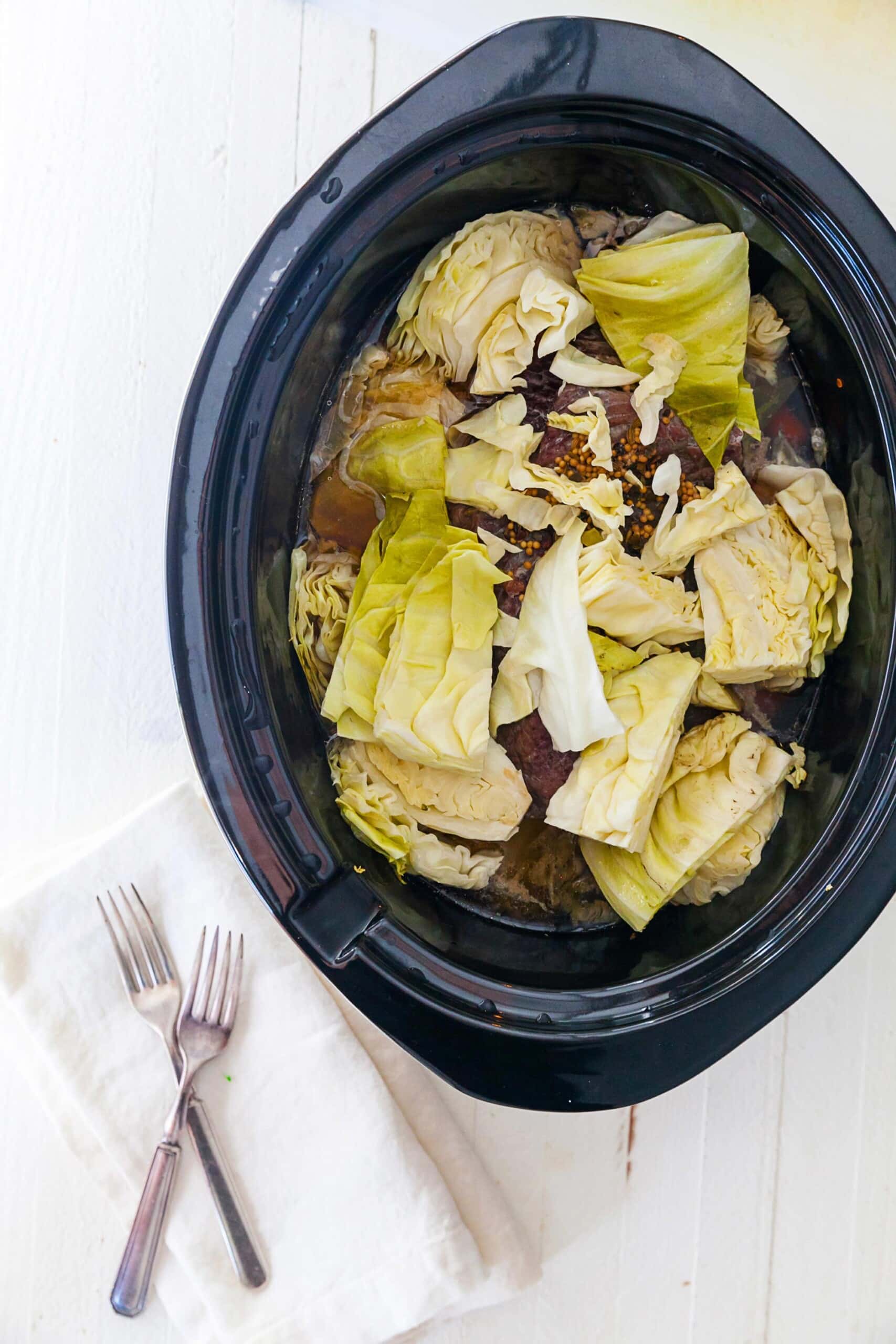
Cabbage Recipes
Now that you have all the tips needed to store, prep, and cook cabbage, explore delicious cabbage recipes and start cooking!
Pin this now to find it later
Pin It
How to Prepare Cabbage
Equipment
- Food Processor (optional)
Ingredients
- 1 head cabbage (any variety)
Instructions
- If you are using the leaves for wrapping fillings, you will want to remove them whole from the head of the cabbage and follow the recipe instructions. This may include blanching them or removing the thick rib that attached it to the core.
- If you are chopping or slicing the cabbage, cut it in half right through the core. Then, cut the core from the cabbage and chop or slice according to the recipe directions.
- I like slicing it very, very thin for slaws. You can also cut the cored cabbage into chunks and feed them through the tube of a food processor, using the shredding or the slicing blade. The shredding blade will give you pretty finely chopped cabbage, so make sure that’s what you want.
